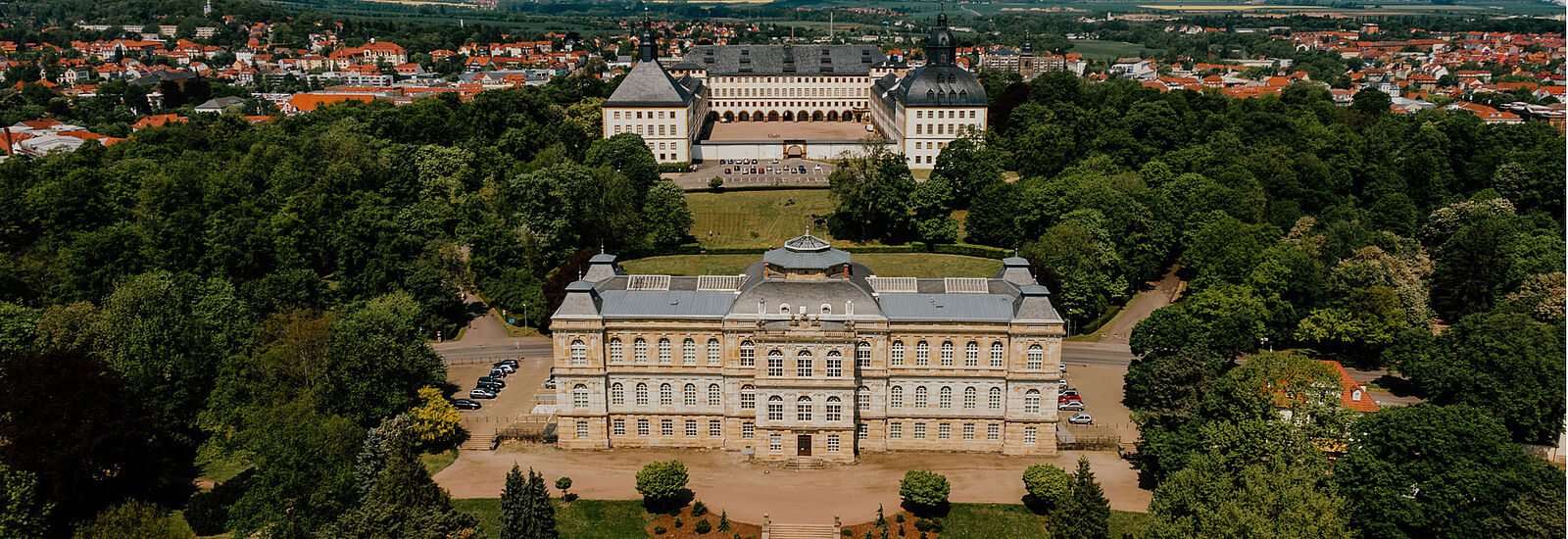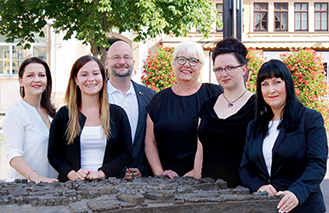
The federal government and state of Thuringia provide Gotha with EUR 30 million each to renovate Friedenstein Palace and its park gardens. 2017 planning starts.
The PERTHESFORUM is opened in the former buildings of the Perthes publishing company. Furthermore, UNESCO's Memory of the World Programme status is given to documents from the Gotha Research Library.
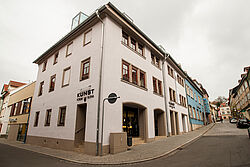
Other converted and renovated institutions are reopened: the new “Heinrich Heine” city library in the Winterpalais, the KunstForum Gotha and the new Art Nouveau public baths.
The Ducal Museum in Gotha opens its doors as an art museum. The underground casemates at Friedenstein Palace are also made accessible to the public again for the first time in centuries.

Extensive renovation work starts on Friedenstein Palace by setting up the Stiftung Schloss Friedenstein Gotha foundation.
A mass rally for reunification takes place with Willy Brandt on the Hauptmarkt square on 27 January.

Reunification also looms in Gotha with prayers for peace in the Augustinian church and peaceful demonstrations, Gotha’s council steps down.
Large parts of the historical old town are demolished – even those that were barely damaged during the Second World War.
The city commander Josef Ritter von Gadolla saves the city from being destroyed by the Americans by capitulating. On the same day, he is sentenced by the German military court and then executed.
The SA burns down the Gotha synagogue during the “Night of Broken Glass”.
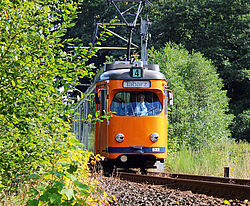
The Thuringian Forest Line is founded, an overland tram that still runs to Bad Tabarz in the Thuringian Forest today.
Gotha joins the state of Thuringia.
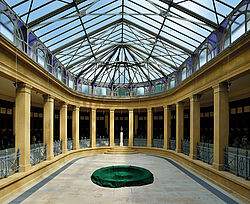
The Nobel Peace Prize laureate Bertha von Suttner’s last request is fulfilled with her cremation at Germany’s oldest crematorium at Gotha’s main cemetery.
The Ducal Museum is opened.
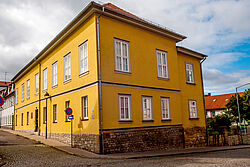
The workers’ parties led by Ferdinand Lassalle and August Bebel are merged into Germany’s Socialist Workers’ Party, the SPD later on, in Gotha’s Tivoli.
The German Shooting Sport Federation is founded in Gotha and the first shooting match takes place.
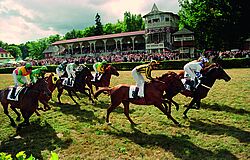
The first horse race takes place on the Boxberg.
Queen Victoria of Great Britain and Ireland marries Albert of Saxe-Coburg-Gotha.

The Duchy of Saxe-Coburg-Gotha is formed.
Joseph Meyer sets up the Bibliographisches Institut, which publishes the popular reference work “Meyers Universallexikon”.
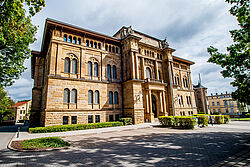
The merchant Ernst Wilhelm Arnoldi founds the first national German fire insurance company.
Emperor Napoleon stays with Duke August of Saxe-Gotha-Altenburg as a guest at Friedenstein Palace.
The fortifications around the city are also demolished and avenues appear in their place.
The first international astronomy congress is held at the Seeberg observatory.
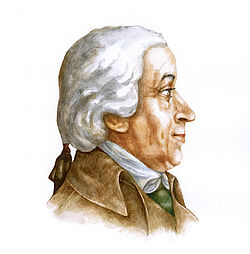
Justus Perthes and his publishing house take over the Gotha genealogical directory of royalty and higher nobility and turn it and its French equivalent the Almanach de Gotha into a worldwide renowned aristocracy encyclopaedia.
Duke Ernest II writes theatre history by founding the first stationary German court theatre with permanent ensemble together with the actor Conrad Ekhof in the palace theatre. Ekhof becomes the theatre’s director and shapes the magnificent theatre life during this period.
The fortifications around Friedenstein Palace are razed to allow for the palace park gardens.
The Gotha directory of royalty and higher nobility, initially conceived as a directory with news and anecdotes about the members of aristocratic families, is issued for the first time.
The orangery with laurel house and orangery with two greenhouses are built by order of Frederick III and his consort opposite Schloss Friedrichsthal.
The coin cabinet is opened at Friedenstein Palace. It is assumed to be Germany’s first museum.
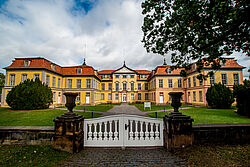
Duke Frederick II has the Schloss Friedrichsthal summer residence built.
Ernest the Pious inherits the Duchy of Altenburg and expands his realm to the Duchy of Saxe-Gotha-Altenburg.
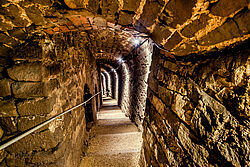
The massive fortifications are laid around Friedenstein Palace.
Ernest the Pious builds his new palace residence on the remains of Grimmenstein Castle. Its name “Friedenstein”, which means rock of peace”, is to set the tone – the Thirty Years’ War is still raging.

The educator Andreas Reyher releases the school system and establishes the first compulsory education in Germany under Ernest the Pious. The duchy therefore becomes a prime example of successful public education – one saying says that the duke’s farmers are more educated than the nobility in other regions.
The Duchy of Saxe-Gotha results from the Ernestine distribution of the estate with Ernest the Pious as the head of state.

Gotha becomes the scene of a cruel spectacle: The knight Wilhelm von Grumbach imposed with the imperial ban is publicly quartered on the Hauptmarkt main square by imperial troops after having successfully besieged the city. Grimmenstein Castle is razed and the duke has to spend the rest of his life in confinement in Austria.
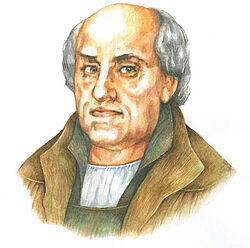
Reformation is introduced in Gotha with the “Pfaffensturm” assault. The reformer Friedrich Myconius is then called to initiate measures to bring order to the church and education as the first Protestant priest and dean.
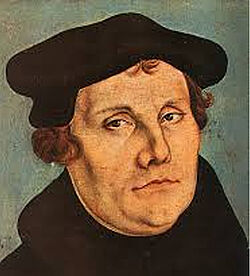
Martin Luther holds his first sermon in Gotha, which represents the start of his career in the church at the same time.
Lucas Cranach the Elder marries the daughter of a Gotha councillor, Barbara Brengebier.

Landgrave Balthasar has the Leina Canal laid to improve the difficult water supply.
Grimmenstein Castle over the city is mentioned for the first time.
Territorial control was transferred from Thuringia’s landgraves to the Wettins, the margraves of Meißen.
Gotha is granted the privilege of being a city.
Gotha is mentioned for the first time in official documents Charlemagne gives the place called “villa gotaha” to Hersfeld monastery.
